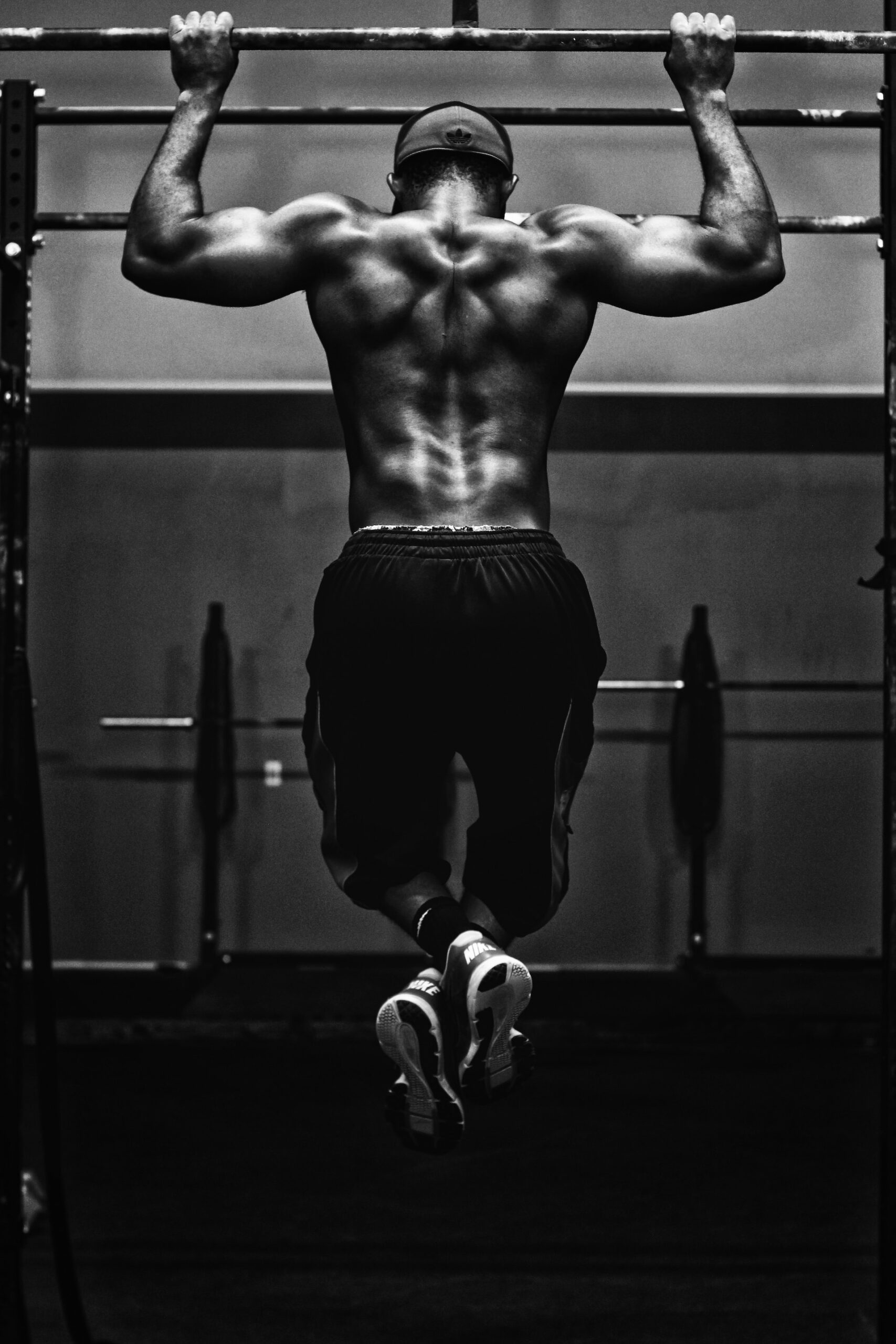Contents
Introduction
What is deadlift In the ever-evolving landscape of fitness and strength training, one exercise stands out as a true powerhouse – the Deadlift. This compound movement, often hailed as the king of strength exercises, offers an array of benefits that can transform your physique and performance. kt, lg, skt 소액결제 현금화 In this comprehensive guide, we will delve deep into the world of Deadlifting, exploring its history, techniques, and the numerous advantages it offers.
The Importance of Deadlifting
Deadlifting is not just about lifting heavy weights; it’s about building strength, improving posture, and enhancing overall well-being. Understanding the significance of this exercise is crucial before diving into its intricacies.
Definition of a Deadlift
At its core, a Deadlift is a full-body exercise that involves lifting a loaded barbell or other weights from the ground to a fully upright position. It’s a compound movement that recruits multiple muscle groups, making it a highly efficient exercise for building raw strength.
Historical Significance
The Deadlift has a rich history dating back to ancient Greece, where it was incorporated into early forms of competitive sports. Over time, it evolved and became a staple in strength training and powerlifting competitions.
Types of Deadlifts
Before we dive into the technical aspects of Deadlifting, let’s explore the various types of Deadlifts, each with its unique set of benefits and challenges.
Conventional Deadlift
The conventional Deadlift is the most common variation, where the lifter stands with their feet shoulder-width apart, gripping the barbell with both hands outside their knees. This form primarily targets the lower back, hamstrings, and glutes.
Sumo Deadlift
In the Sumo Deadlift, the lifter adopts a wider stance with their feet, typically placed beyond shoulder-width apart. This variation places greater emphasis on the quadriceps and inner thighs.
Trap Bar Deadlift
The Trap Bar Deadlift involves using a specialized hexagonal bar, allowing for a more upright posture during the lift. It’s an excellent option for those with mobility limitations or back issues.
Romanian Deadlift
The Romanian Deadlift, also known as the Stiff-Leg Deadlift, involves lifting the weight with a slight bend in the knees and a focus on the hamstrings and lower back.
Muscles Involved
Understanding the muscles engaged during Deadlifts can help you appreciate the full-body workout it provides.
Primary Muscles Worked
- Erector Spinae: These muscles, running along your spine, play a crucial role in maintaining an upright posture during Deadlifts.
- Quadriceps: The front thigh muscles assist in extending the knees during the lift.
- Hamstrings: The back thigh muscles work in conjunction with the glutes to lift the weight.
- Gluteus Maximus: The largest muscle in the body, the glutes, are heavily involved in hip extension during the lift.
Secondary Muscles Engaged
- Trapezius: The upper back muscles help stabilize the scapulae.
- Latissimus Dorsi: The lats assist in keeping the barbell close to the body.
- Core Muscles: The abdominal and oblique muscles help maintain core stability.
Benefits for Muscle Growth
Apart from building raw strength, Deadlifts are highly effective for muscle growth. The compound nature of the exercise stimulates the release of growth hormones, promoting overall muscle development.
How to Deadlift
Now that we’ve established the basics let’s delve into the proper form and technique required for safe and effective Deadlifting.
Proper Deadlift Form
Stance and Grip
- Stance: Your feet should be hip-width apart, with toes pointing slightly outward.
- Grip: Grip the barbell with both hands, ensuring they are just outside your knees for a conventional Deadlift.
Initiating the Lift
- Keep your back straight and chest up.
- Engage your core and push through your heels as you lift the barbell.
- Maintain a neutral spine throughout the lift.
Lowering the Weight Safely
- To lower the weight, hinge at your hips, and push your glutes backward.
- Keep the barbell close to your body as you lower it to the ground.
